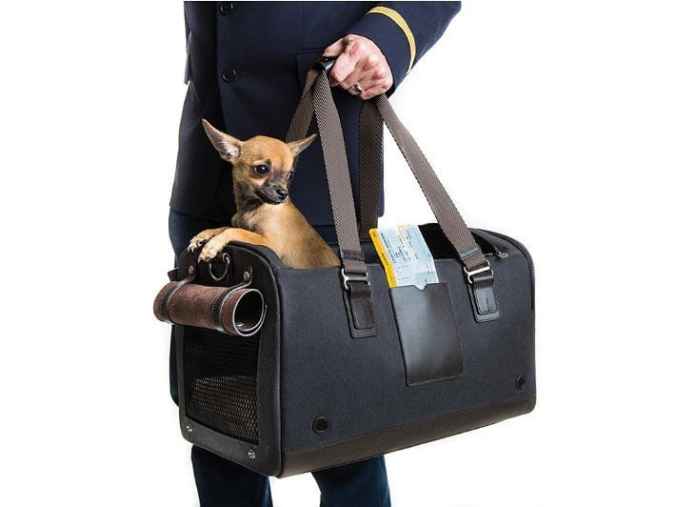Gone are the days when travel would be limited only to humans. After all, for a lot of people across the world, their pets mean the world to them. So why not explore the outside world with your personal world?
However, as much as you’d like to trot with your pets and take them on your travel expeditions, when making travel decisions, prioritize the safety and comfort of your pet. Take them along only if you can spend sufficient time with them. Also, if your pet is very young, very old or not in good health, it’s best to leave them at home, with a trusted friend or relative.
If you have decided it’s best to bring your pet along, follow the tips listed below for a safe and low-stress trip:
• When travelling with pets, the rules you must follow depend on the country you’re going to or coming from. So check up on the policies and laws of both the destinations. Find out what vaccinations your pet will need and if quarantine is required.
• Consult your veterinarian before embarking on any trip, especially if your pet hasn’t travelled before. Get a health certificate issued by the vet for your pet. Also, bring your pet’s previous medical records along in case of an emergency.
• Attach a tag to your pet’s collar that includes your contact number, address and phone number of your accommodation. A temporary identification tag, along with a photo of your pet will help ensure their safe return, in case of any unfortunate incident. This is one of the most important aspects of traveling with your pet, but also one of the most overlooked.
• Pack ample supply of your pet’s food. Don’t rely on stopping along the way to replenish the food supply as it is possible that the particular brand of food may not be readily available. Also, do not introduce your pet to a new
brand of food while traveling. Other essentials include water bowls, bedding, litter and litter box, leash, collar and tags, favourite toys and a pet first-aid kit.
• Irrespective of your mode of travel, it is recommended that you keep feeding of pets to a minimum during travel.
• Always keep some water at hand to ensure your pet stays sufficiently hydrated during the trip.
• Keep a familiar blanket or toy with your pet to help it feel more comfortable during the trip.
• If you’re planning on a road trip, before embarking on a long trip, take some shorter drives to see how your pet responds. This will help you gauge your pet’s behaviour in the long run.
• Do not allow your pet to stick their heads out the window when travelling by car. They can be injured by debris or made sick by having cold air forced into their lungs.
• Pets freely wandering inside the vehicle can be a distraction and are highly prone to injury. Ensure a safe trip by restraining your pet with a pet seat belt, pet car seat or travel crate.
• Don’t ever leave your pet alone in a car.
• Always provide frequent bathroom and exercise breaks. This is essential both for you and your little friend. When outside your vehicle, make sure that your pet is always on a leash and wearing a collar.
Travelling with your favourite people, including your pet is no longer a distant dream!














